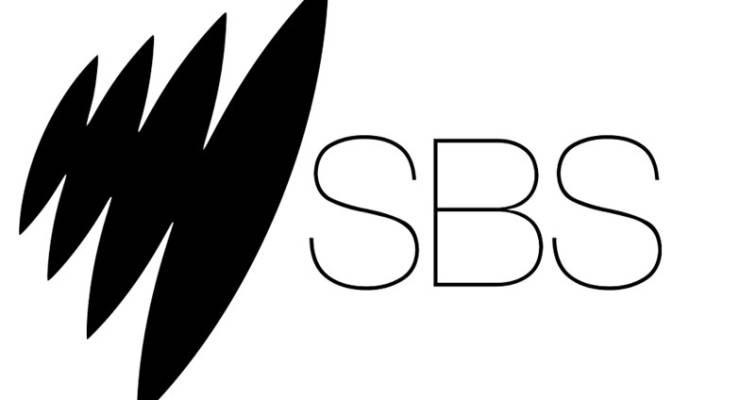
Public broadcasting advocates and the commercial television lobby are gearing up to fight a battle they thought they had won, after it was revealed at Senate estimates this week that the government is still trying to allow SBS to increase the advertising it airs in prime time by averaging out its ad allowance during the day instead of applying it hour by hour.
The contentious bill, which would allow SBS to air fewer ads in periods of low viewership and increase the number of ads during prime time (provided it aired no more than 10 minutes an hour), was fiercely fought in the last term of Parliament. An alliance of viewer lobby Save our SBS and free-to-air TV lobby Free TV Australia both strongly pushed back against the bill, convincing the Labor Party to vote it down in the Senate. The commercial television sector feared allowing SBS to air more ads during prime time would create a fourth commercial television network by stealth, leaving another outlet fighting for TV ad revenues.
During Senate estimates on Tuesday, Department of Communications deputy secretary Nerida O’Loughlin raised the bill as an outstanding issue to be dealt with from the government’s triennial funding agreements with the two public broadcasters.
“The only potential issue still outstanding is the reintroduction of the bill for SBS to have more advertising flexibility, so it can raise more money with advertising. The minister’s considering that, we expect it to be introduced fairly soon,” she said. A spokesperson for Communications Minister Mitch Fifield backed up O’Loughlin’s statements, telling Crikey that “enabling SBS to have more flexible advertising arrangements to earn additional revenue to support the network remains Government policy”. A question about when any new legislation would be likely to be released was answered only with the comment: “In due course.”
[Programming on the chopping block as SBS ad averaging bill fails]
Sources told Crikey it’s unlikely the bill will differ from the one introduced in the last Parliament. That bill was narrowly defeated (31 against, 28 in favour) in the previous Senate, after then-independents Glenn Lazarus and John Madigan joined with Labor and the Greens to vote against it.
The government and SBS look to ad averaging as a way to help the network raise more money. SBS faced a budget cut of $25.2 million over five years in late 2014. The government expected it to recoup this money through the ad-averaging bill, but when that failed, the government gave SBS a one-off $4.1 million grant to partly cover the unfunded budget cut in December.
One of the reasons the bill failed was due to the lobbying of Free TV Australia, whose director of legal and broadcasting policy is off soon to join SBS as corporate affairs director. The TV group paid for research that showed SBS had the potential to raise $148 million from the opportunity to double its prime-time advertising, rather than the $28.5 million SBS had said the bill would allow it to raise.
A Free TV spokesperson told Crikey the body’s position hadn’t altered, and took aim at SBS’s multichannel strategy, in which SBS pursues potentially monetisable programming like food shows and edgy youth-aimed documentaries.
“We have not seen any new proposals but our position has not changed from when the Bill was rejected by the Parliament last year. We do not support SBS being effectively turned into a fourth commercial television licence by doubling the amount of prime time advertising content,” the spokesperson said.
“The launch of new channels like VICELAND and Food Network shows that SBS is already chasing revenue dollars rather than operating in accordance with its charter. This will only be exacerbated by allowing them to chase advertising dollars.”
“Our concern has always been that any savings the Government makes from allowing additional ads on SBS should not be at the expense of Australian commercial television companies who are subject to a range of onerous rules and the world’s highest licence fees which SBS does not face. This is particularly the case when television advertising market conditions are challenging and there is increased competition from global players who are unregulated and pay little or no tax in Australia.”
[Ad-hungry SBS plates up new food channel]
Save our SBS’ Steve Aujard says the body’s members are less than impressed. “We went through this whole argument six months ago — 62,000 people signed a petition arguing against this bill. The Senate voted it down. Viewers want fewer or no commercial breaks on SBS, not more.”
SBS first introduced advertising in 1991, though they were initially allowed only within “natural breaks” during programs. Ten years ago, these ads were spread throughout programs (though SBS’ current five minutes per hour ad allowance remains much lower than that of commercial TV stations — they can air up to 13 minutes of ads an hour during prime time). In-program ads were justified by the fact that they were more valuable and preferable to what SBS used to do, which was air ads in lengthy blocks between programs, during which viewers would often change the channel.








Are the ads on SBS culturally appropriate to the ethnic groups being targeted by the programs? If not, the advertising may be largely wasted?
There’s an easy solution for viewers ie: SBS programmes should be recorded in order to fast forward through the many ads. I’ve been doing this for years hence don’t know who any of their sponsors are apart from that ancestry website – which ensures I will never use it.
Their version of Iview though makes it impossible to do this.